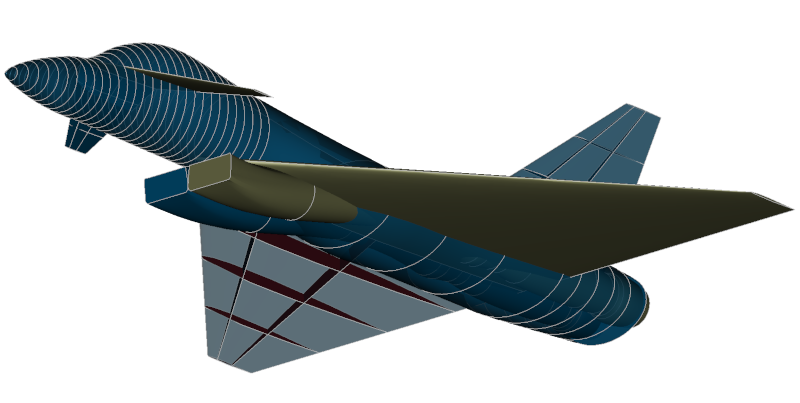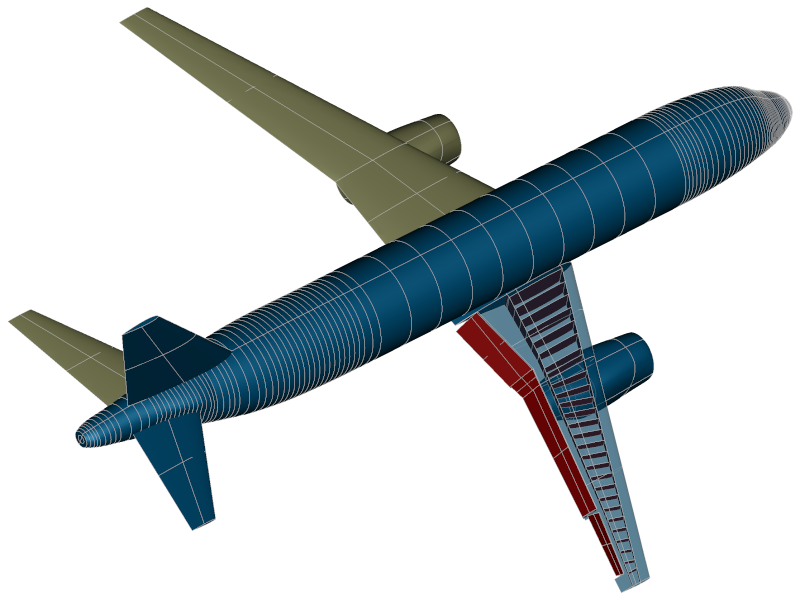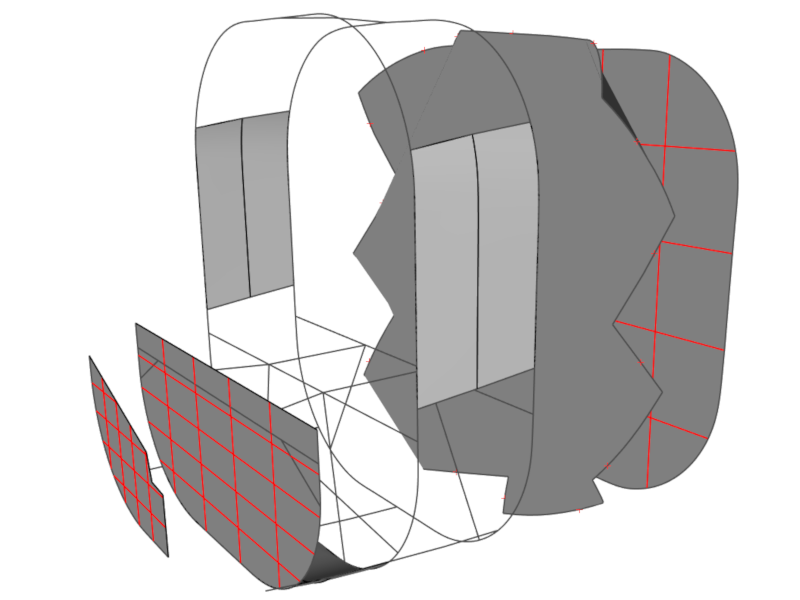
After more than a year of development, we finally released TiGL 3.0. TiGL 3 is the first release that is compatible with the CPACS 3 standard.
TiGL 3 contains many changes, but the most important ones are:
- CPACS 3 compatibility. TiGL will now be able to read CPACS 3 …



